There are also extant examples of psalmody brought over from England to the New World. Harwell stresses the importance of the Psalter by Henry Ainsworth from 1612. Dr. Paul Jehle confirms this information via research from the Plymouth Rock Foundation. Jehle notes that, even though the Pilgrims sang these English translations of Biblical Psalms in the New World, Ainsworth originally used the Psalter while living in Amsterdam. One can find examples of psalmody by Ainsworth like in this video. Notice that the presentation of the score features only the melody and text with no added instrumentation. Jehle describes this music, written in the C clef, as a form of resistance against the strict nature of the Church of England. Of course, he also says that the Pilgrims did perform musical instruments and other types of songs outside of church services. Here are some photographs of when I visited Plymouth, MA several years ago, including a snapshot of the "Plymouth Rock."
|
This Thanksgiving I have thinking about the impact that music has had on this holiday: specifically, what might have been performed during the 1620s in the New World. Sources that I have encountered about this topic, like from Kylie Harwell. demonstrate examples from both the Wampanoag Indians and Pilgrims. In terms of music from the Wampanoag, Harwell discusses the significance of the water drum, which was used primarily for ceremonial purposes. This does not suggest, however, that the water drum is strictly a Wampanoag instrument, as different tribes across the United States have also used it. Those looking for details on the overall construction of a water drum should check out this video. It provides a step-by-step tutorial for how to build a Woodland Indian water drum: so named because the water inside the drum determines the timbre and pitch when struck. There are also extant examples of psalmody brought over from England to the New World. Harwell stresses the importance of the Psalter by Henry Ainsworth from 1612. Dr. Paul Jehle confirms this information via research from the Plymouth Rock Foundation. Jehle notes that, even though the Pilgrims sang these English translations of Biblical Psalms in the New World, Ainsworth originally used the Psalter while living in Amsterdam. One can find examples of psalmody by Ainsworth like in this video. Notice that the presentation of the score features only the melody and text with no added instrumentation. Jehle describes this music, written in the C clef, as a form of resistance against the strict nature of the Church of England. Of course, he also says that the Pilgrims did perform musical instruments and other types of songs outside of church services. Here are some photographs of when I visited Plymouth, MA several years ago, including a snapshot of the "Plymouth Rock."
0 Comments
Today, as we celebrate the Day of the Musician, I would like to congratulate all my musician friends, performers, and collaborators. This year has been especially challenging for everyone, but your contributions to the arts makes all the difference in the world and has motivated people to keep going. May you all continue to work tirelessly in your efforts to create and inspire current and future generations of people.
As part of Native American Heritage Month, I would like to devote time in this post to briefly exploring the significance of Native American composers of classical music. As many might recall I have already talked the myriad issues associated with classical music and cultural stereotyping. This has also, unfortunately, been the case for Native American culture. The goal of this post, though, is to demonstrate how American Indian composers approach classical genres while retaining parts of their culture through proper representation.
The first and most important aspect to note is that “Native American” or “American Indian” denotes multiple tribes across the U.S. and should not be perceived in the classical world (or any genre for that matter) as a single group. As Gail Wein notes in her research, the plethora of Native American composers—many of whom either lived on reservations or are of Native American descent—reflect that diversity. They draw inspiration from folktales and customs and incorporate these ideas within classical music genres, like chamber pieces, solo works and symphonies, and choral pieces. Wein cites Louis Ballard (Quapaw) (1931-2007) as one the first Native American composers to advocate for proper cultural representation through education. He is best remembered for his pieces Why the duck has a short tail (1967) for narrator and orchestra, as well as his Incident at Wounded Knee (1974) for chamber orchestra. Although audio recordings of music by Ballard are surprisingly difficult to locate (at least, through social media and music streaming services), listeners can still access a few of his pieces, like his Four American Indian Piano Preludes (1963) Of course, contemporary Native American composers are aware of the dangers associated with cultural misinterpretation through performance practice in classical music. Jerod Impichchiaachaaha’ Tate (Chickisaw) once spoke about this problem in an interview with the American Composers Forum. He describes the challenge for performing Native American classical music stems from avoiding stereotypical sounds. As a possible solution, Tate suggests drawing inspiration from Impressionistic music, citing Ravel and Debussy as examples because of their emphasis on musical coloration. |
AuthorDMA. Composer of acoustic and electronic music. Pianist. Experimental film. Archives
July 2024
|
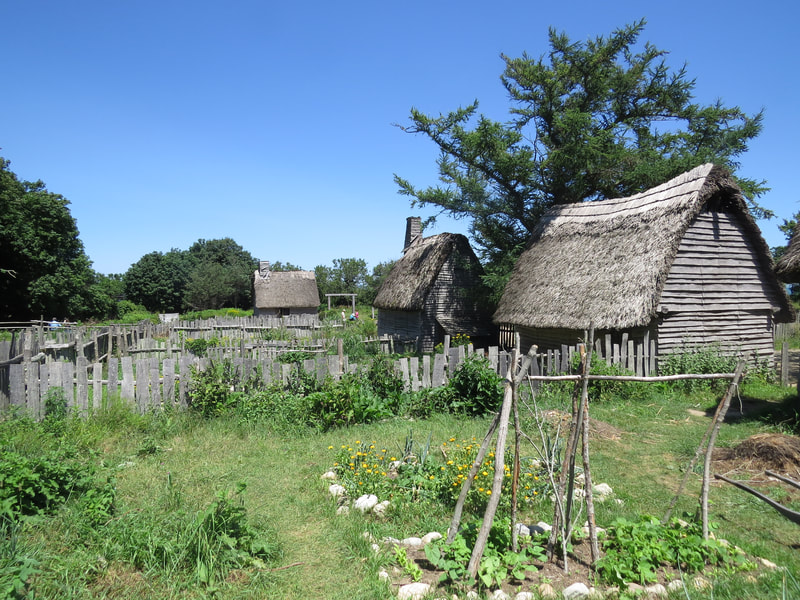
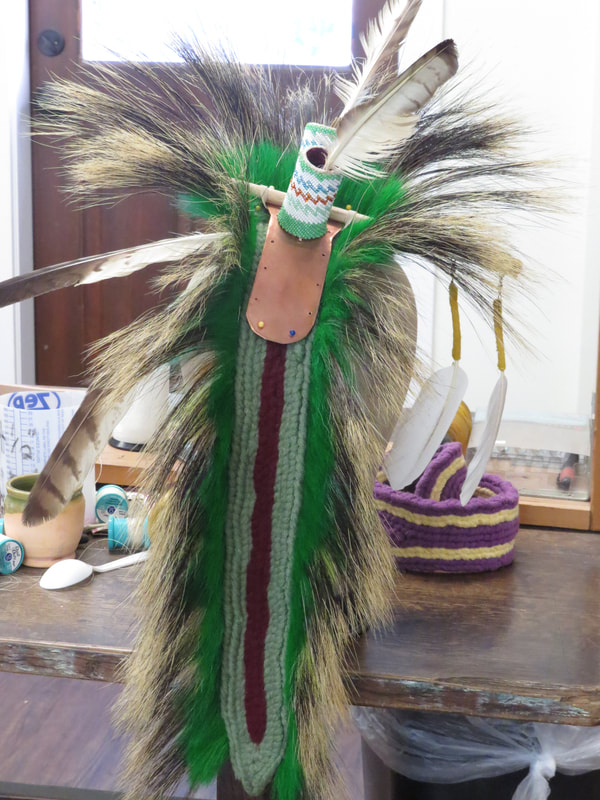
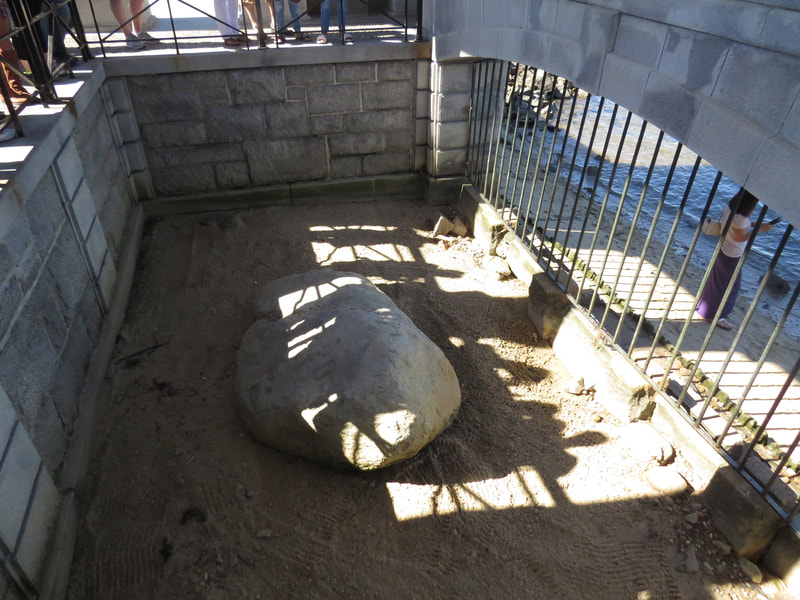
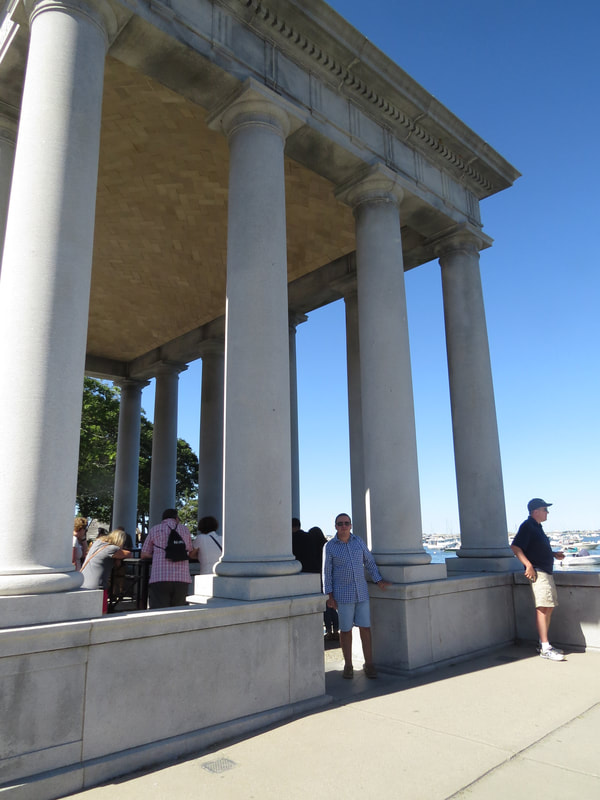
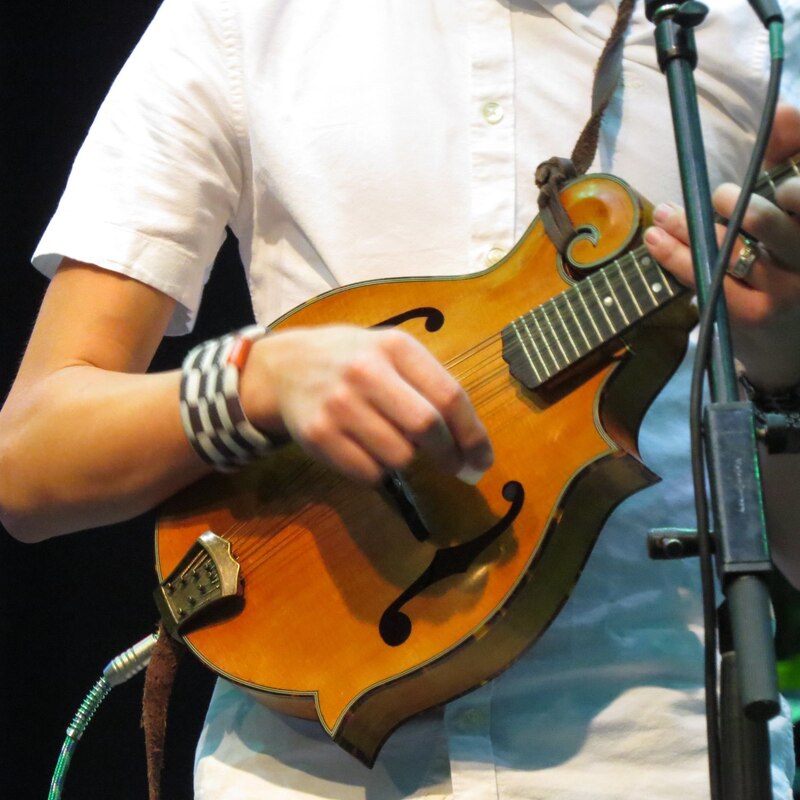
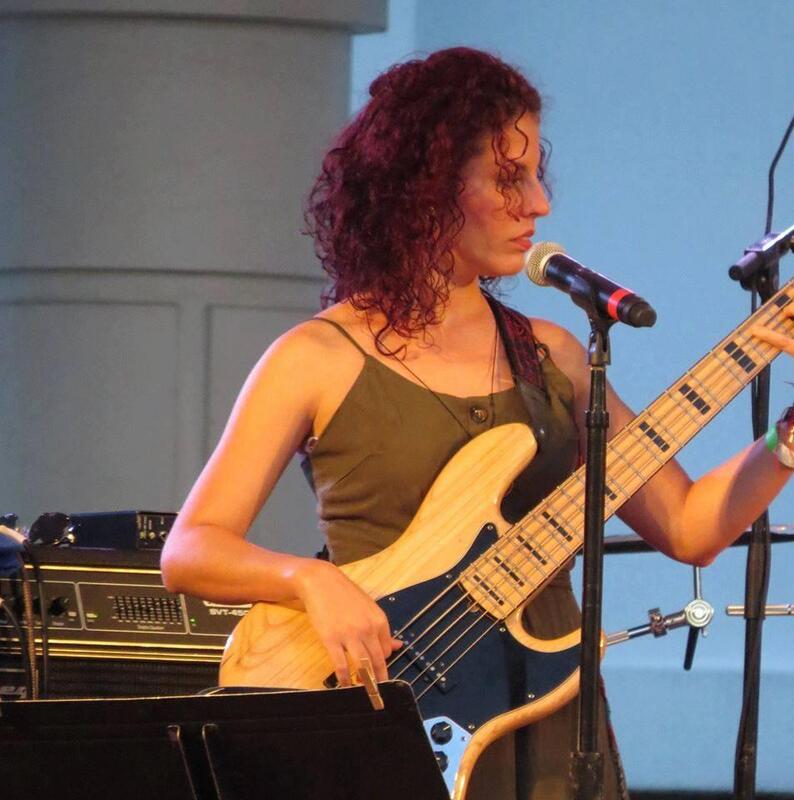
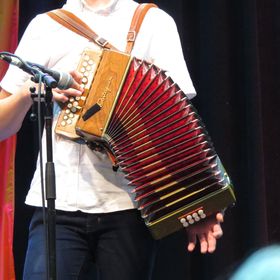
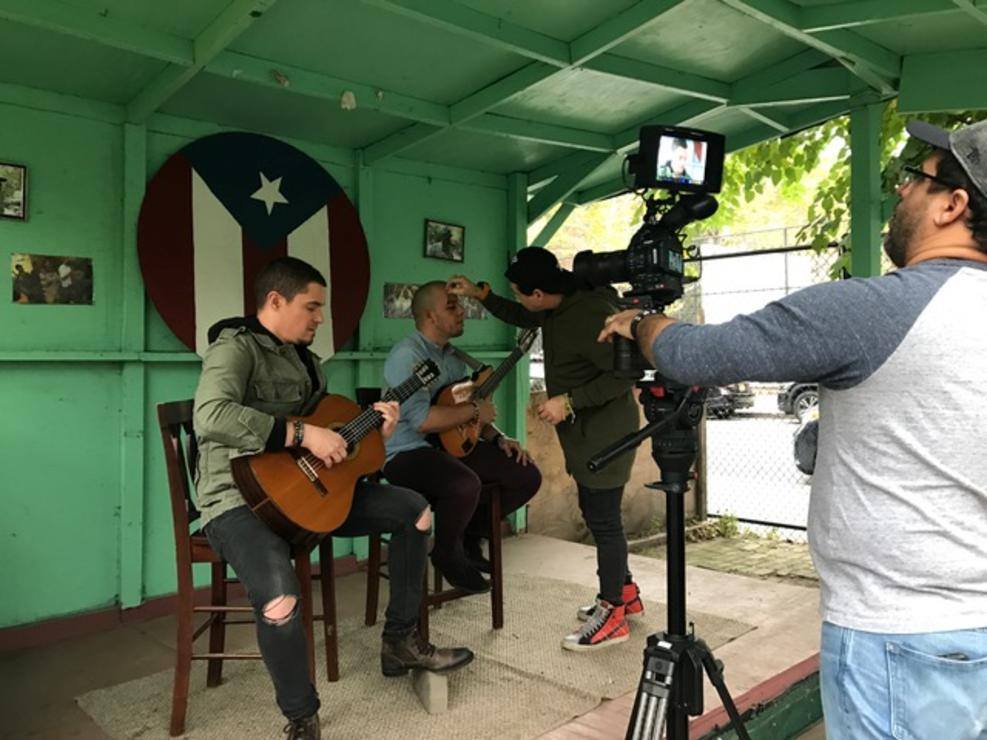
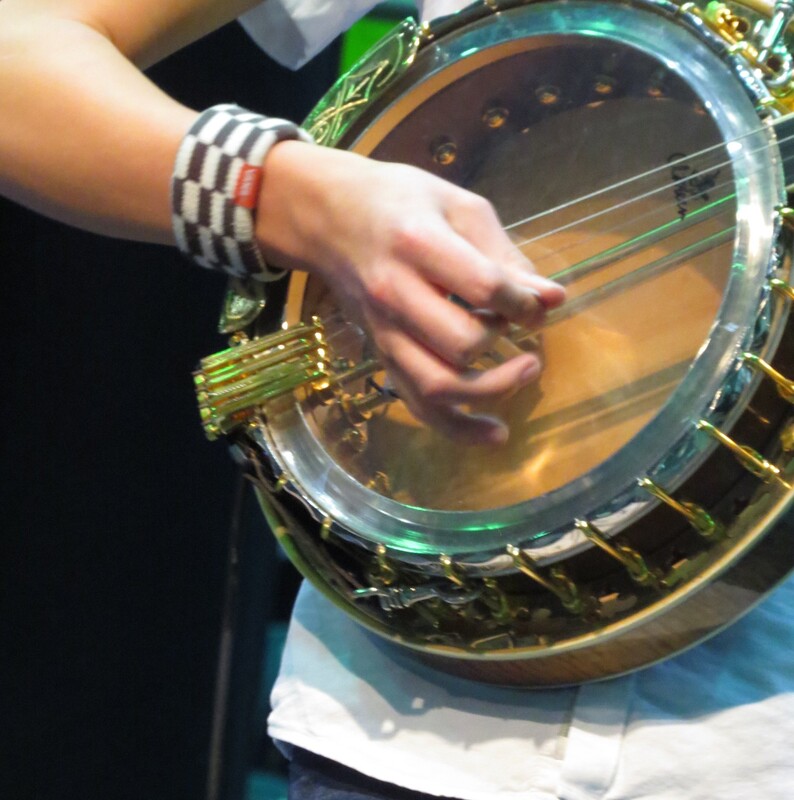
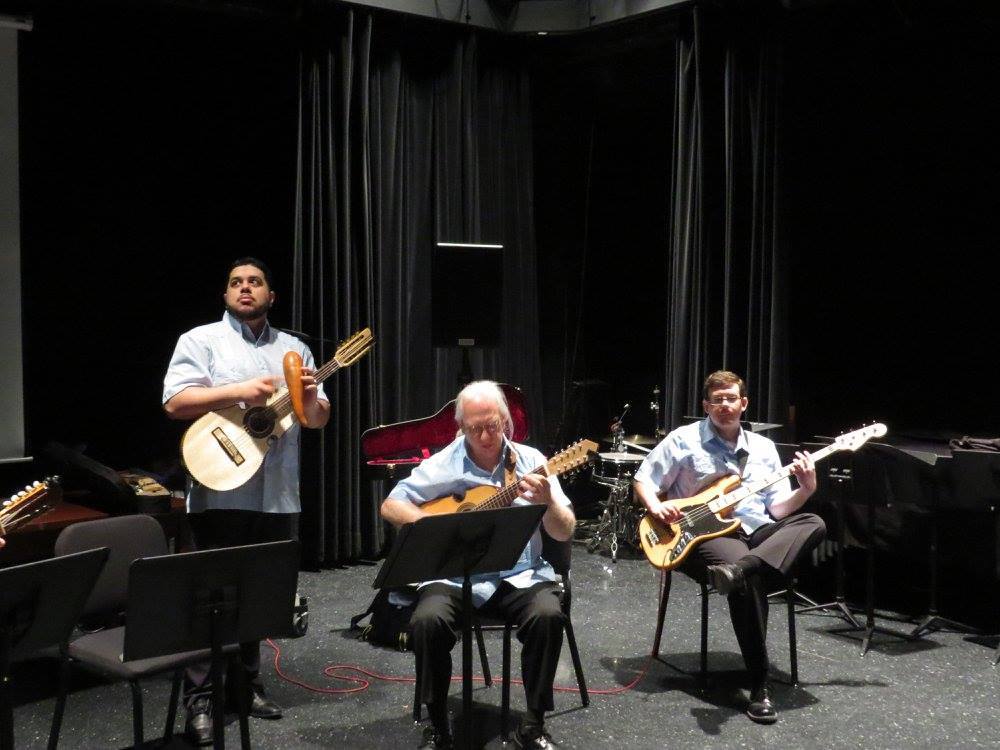
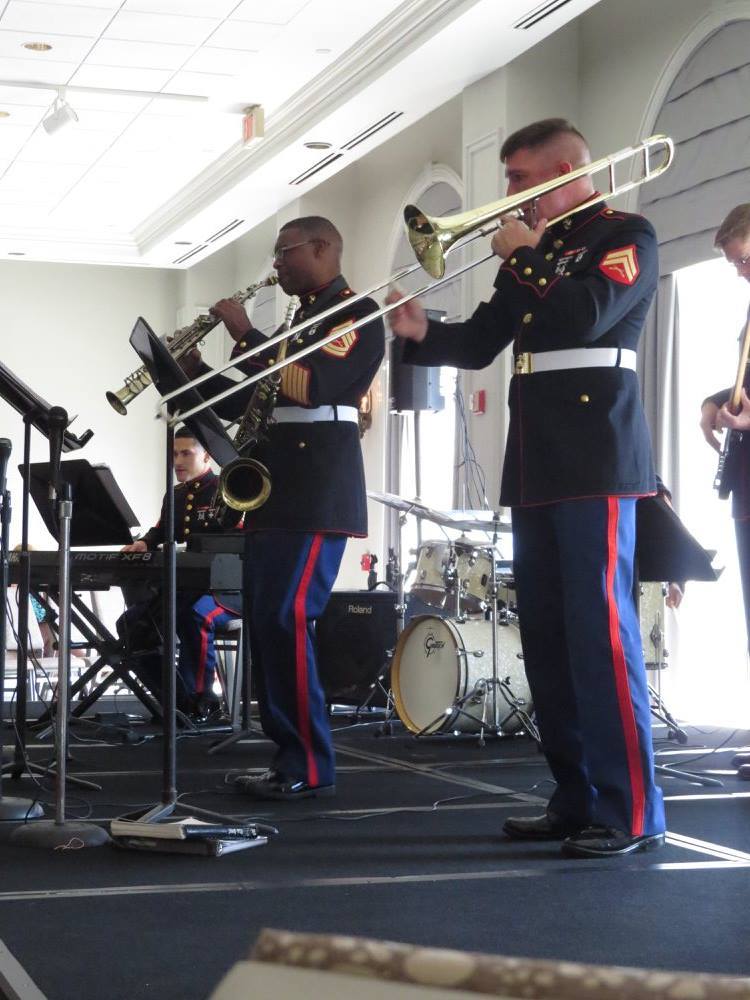
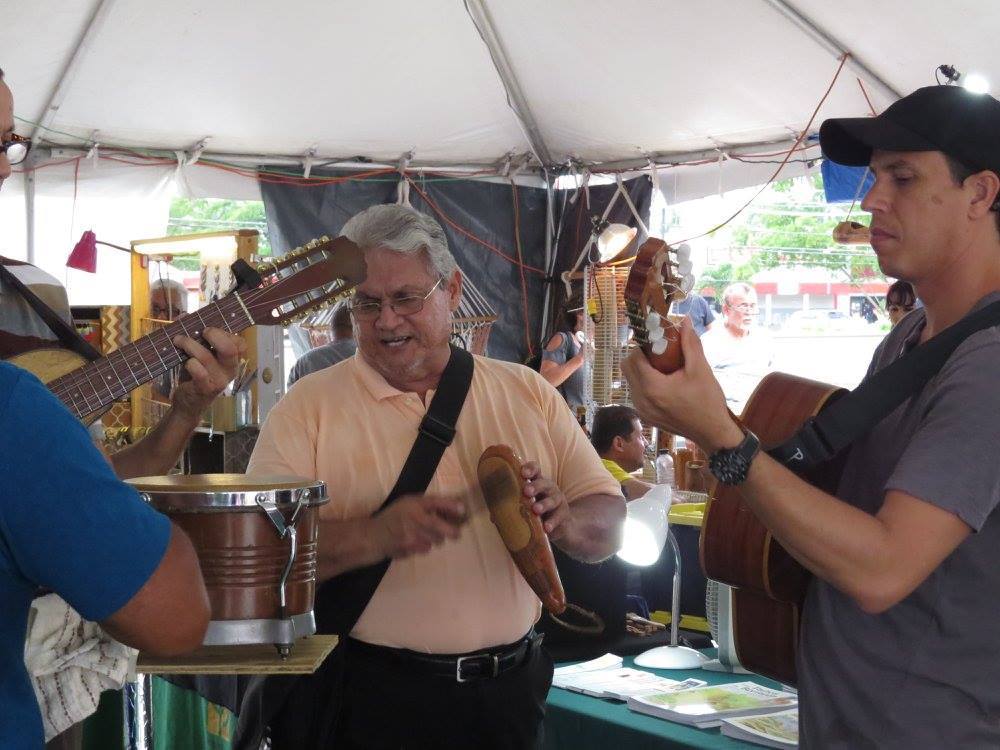
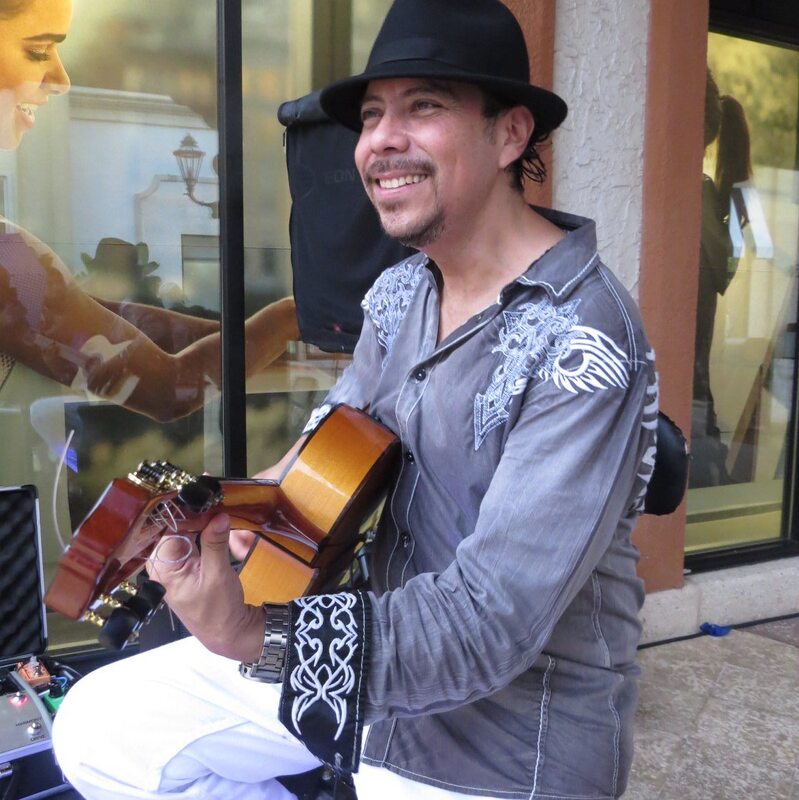
 RSS Feed
RSS Feed
